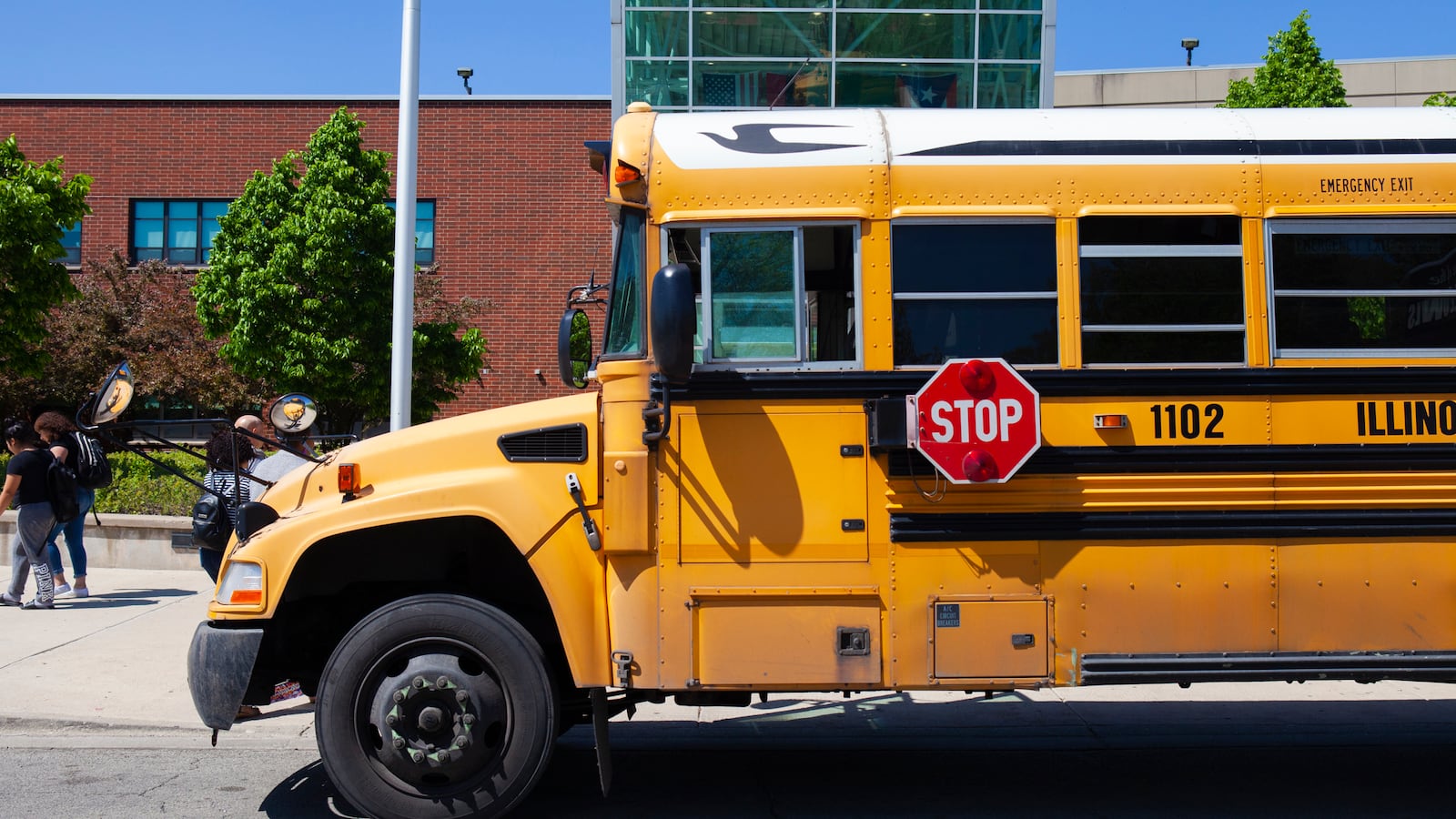Some school districts will cut back on student programs. Some may delay purchasing supplies. Others will put off hiring staff their schools desperately need.
Illinois school districts are rethinking next school year’s budget, after Gov. J.B. Pritzker surprised them in announcing last week that the state will increase education spending but hold back some of the funds they expected pending the outcome of a November tax vote.
If the legislature approves Pritzker’s $350 million school spending increase, the governor would place in reserve $150 million for schools, and deliver it only if voters pass his progressive income tax plan in November. Pritzker has argued that would bring in additional revenues in future years to shore up schools and other critical areas.
In the interim, districts are paring back their expectations and budgets for next year.
“You can’t do a mid-course correction and hire more staff, that’s just not possible,” said Tony Sanders, superintendent of school district U-46 in Chicago’s northwest suburbs, the second largest district in the state.
He said the freeze, as Pritzker calls it, will affect district hiring.
The district will have to put off adding staff. “If we know what we’re going to get” — later on — “we can invest in lowering class sizes, provide additional support to at-risk students. That requires people.”
How much each school district would receive would vary, since the funding formula sends money first to districts that have the largest gaps between local revenue and state spending targets.
While the $200 million increase that Pritzker has so far guaranteed is still a boost over the current year, the freeze matters because three years ago a bipartisan coalition of state leaders pledged to gradually increase K-12 funding to correct years of underfunding. They set spending targets for each year, and education leaders throughout the state have counted on annual increases. Pritzker’s proposal to the legislature would mark the first time since 2017 that state funding would fall short of a $300-million-extra-per-year pledge.
“We started to move forward with planning for our future after filling our budget hole” after years of insufficient state revenue, said Jennifer Garrison, superintendent of the Vandalia School District 203, in southern Illinois. “Just as we are getting started implementing our plan, we once again take a step back and face uncertainty.”
Vandalia is among the 42% of school districts still considered well below “adequate” in terms of spending on education.. The 2017 budget revamp set a target for the state to provide schools an additional $300 million annually, but education advocacy groups and the state school board think even that falls short.
For next school year, for example, the Illinois State Board of Education recommended an increase of $510 million.
What’s needed, Garrison said, is closer to $650 million. “It is important for the public to understand that the $350 million is a compromise of what is really needed to begin with.”
The Illinois Board of Education estimates the state is $7 billion short of adequately funding its schools.
Garrison’s district had planned to hire a curriculum coach with the state funds it expected for next year. In reality, he said, the district needs three coaches.
“While this example might seem minor to some, it is major to us,” Garrison said. Without a cut in state funding, “I am now in a position once again to do more with less.”
Jeff Craig, superintendent of West Aurora School District 129, said his district is around 53% adequately funded. He faces scaling back programs, putting projects and purchases on hold, and reducing hires to essential staff only.
His district already went through budget cuts a few years ago that resulted in a salary freeze for administrators and delay of building maintenance, he said.
Craig said his district will likely take a more conservative approach to the budget for the next school year, but any cuts will be made “as far away from the classroom as possible.”
“Our kids should never know that we have fiscal challenges,” Craig said. “If there’s going to be reductions or a more conservative approach it’s going to be felt by adults and not the students.”
Although times are better than before 2017, Craig said that dwindling funding exacerbates the teacher shortage. Schools struggle to find staff.
“We know as a state we’re pretty financially fragile and everyone needs to find revenue but there’s only so much to go around,” Craig said.
The Elgin U-46 district, which last year received only 56% of what the state calculates as adequate funding, can look to past experience for handling fiscal uncertainty.
Funds that appear midyear often goes toward “buying stuff,” rather than hiring more staff, Superintendent Sanders said.
When the state put its new school funding model in place, it gave the district $22 million mid-school year, he said. The district purchased Chromebook laptops for high schoolers, to prepare for the following school year.
As for now, he said, “when we know our budget and we can staff appropriately, we can do better things for kids.”

